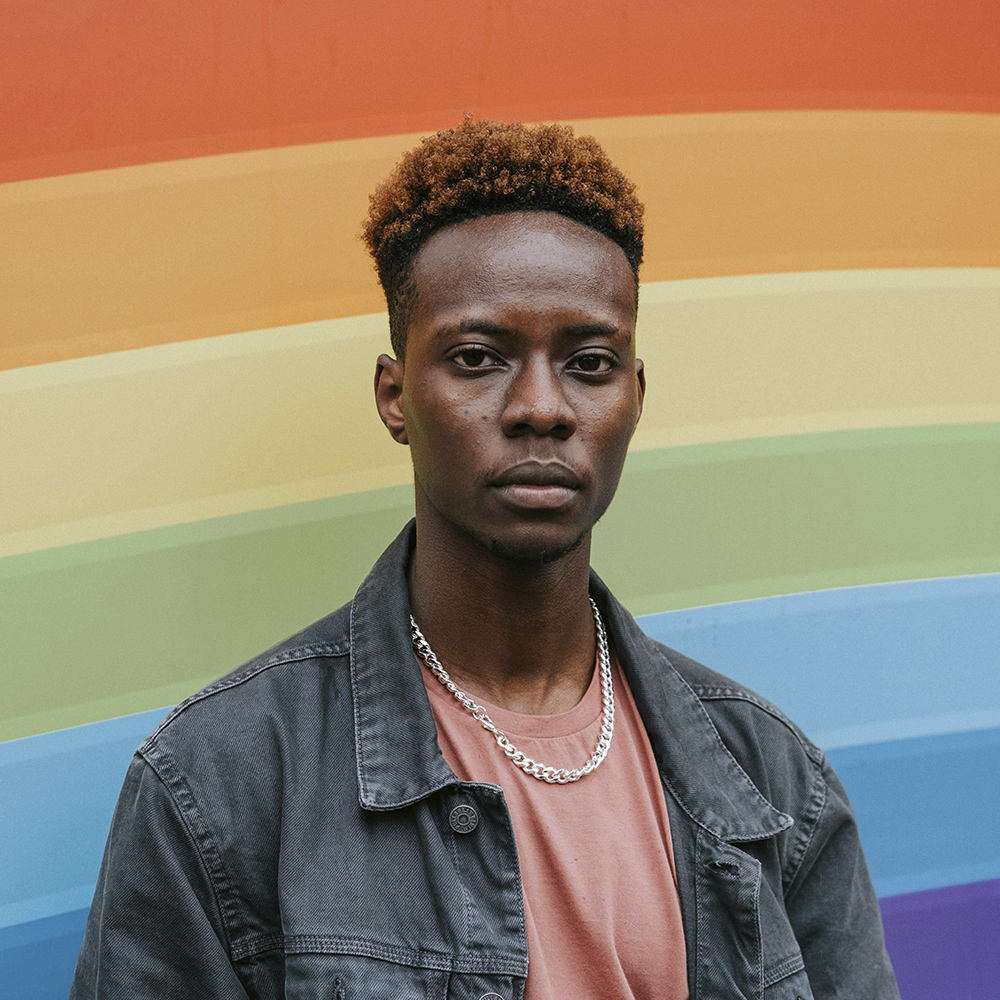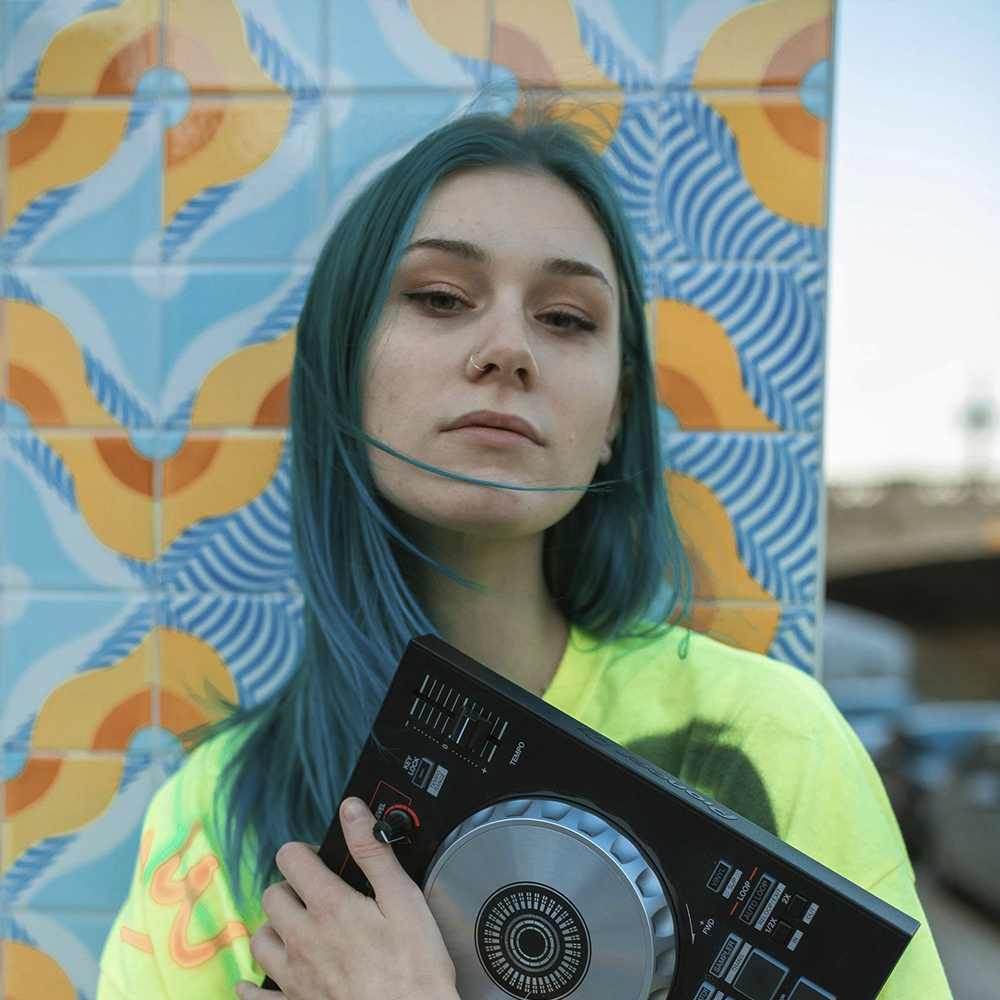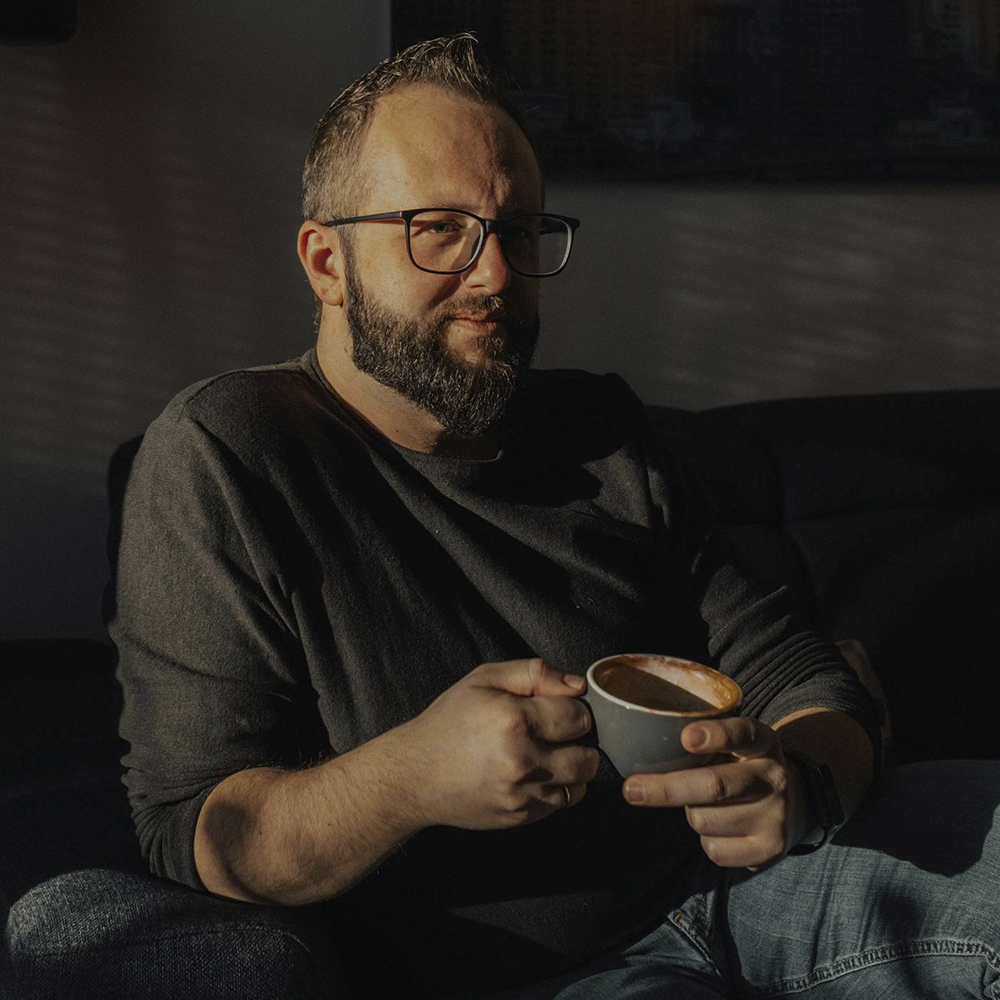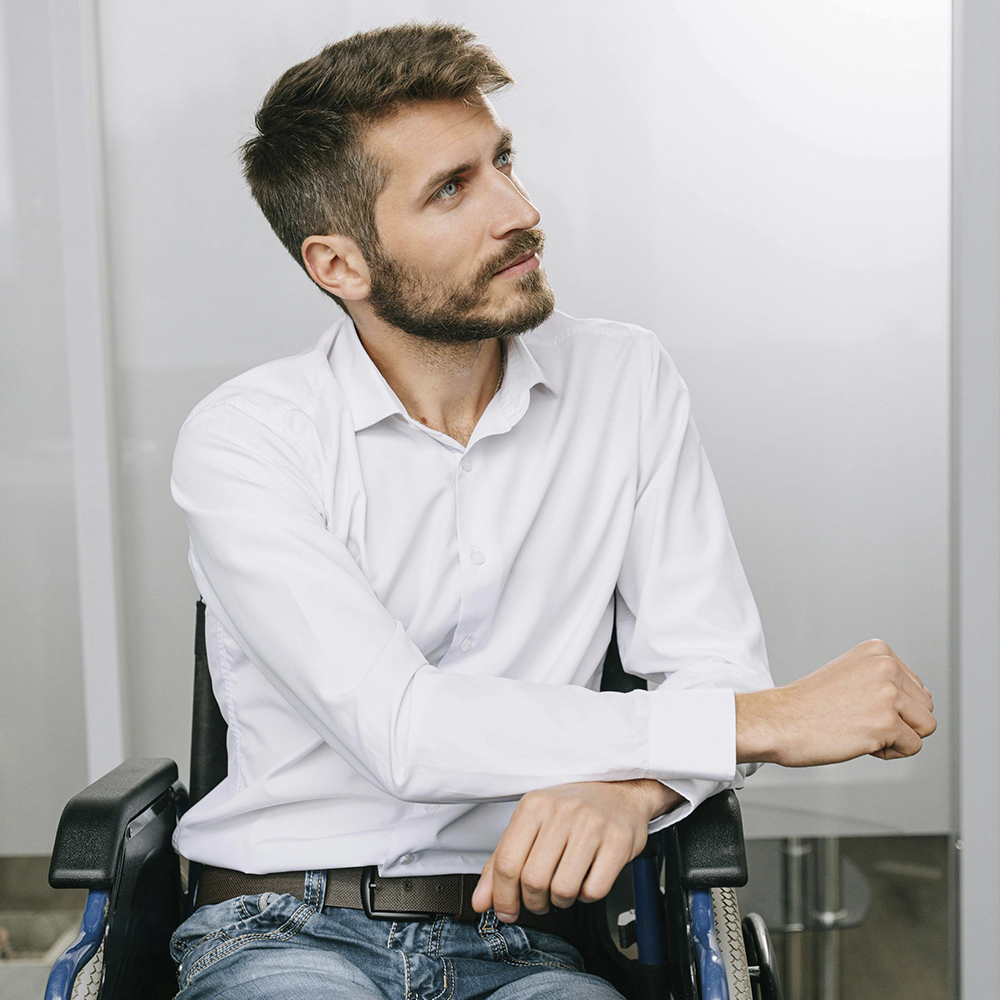Intersectionality
Acknowledging the interconnected nature of identity and oppression allows for a more complete understanding of inequality — and informs stronger, more inclusive strategies to dismantle it.
Autism and Intersectionality
Intersectionality recognises that no person experiences the world through a single lens. For Autistic people, identity is shaped not only by neurology, but also by race, gender, culture, class, sexuality, disability, and more.
Understanding Autism through an intersectional lens allows us to see how these identities interact — and how multiple forms of discrimination or privilege can overlap. This approach is essential to creating inclusive, just systems that reflect the diversity of Autistic lives.
Why it matters
An Autistic woman of colour may face racism, sexism, and ableism in ways that differ from the experiences of an Autistic white man or a neurotypical woman of colour. An Autistic LGBTQ+ person may navigate overlapping challenges related to neurodivergence, gender identity and sexual orientation — in healthcare, employment, education, or community spaces.
Without an intersectional lens, these complex experiences can be erased or misunderstood — leading to services, research, and advocacy that fail to reach or reflect those most marginalised.
What this means in practice
-
Policy and advocacy must centre the voices of Autistic people who are multiply marginalised — including First Nations peoples, people of colour, LGBTQ+ Autistics, refugees, and those experiencing poverty or trauma
-
Support services must be culturally safe, trauma-informed and responsive to a wide range of identities and access needs
-
Research must reflect the lived experience of Autistic people across race, gender, and class, not just white, male or middle-class populations
-
Community spaces must move beyond one-size-fits-all approaches, and recognise that inclusion is relational and context-dependent
The goal
Intersectionality is not a theory for its own sake — it’s a practice. It ensures that Autistic people are seen and supported in the full complexity of who we are.
True inclusion happens when we centre the voices of those most excluded — and design with them, not just for them.
Stories

Maya: An Autistic Woman of Color Embracing Her Identity
Maya, a 28-year-old Autistic woman of color, navigates the world embracing both her neurodiversity and racial identity.
She faces unique challenges as she works to create a more inclusive environment for those like her, advocating for understanding and support within her community.
Leo: Exploring the Intersection of Autism and LGBTQ+ Identity
Leo is a 22-year-old Autistic individual who identifies as non-binary.
They experience life at the intersection of neurodiversity and LGBTQ+ identity, facing unique challenges while advocating for greater understanding and acceptance of people with similar experiences.


Nikki: An Autistic Teen Balancing Mental Health and Neurodiversity
Nikki, a 17-year-old Autistic high school student, navigates her daily life while dealing with anxiety and depression.
She seeks to raise awareness about the importance of mental health support for Autistic individuals and the necessity of comprehensive care that addresses both mental health and neurodiversity.
Ethan: Autistic and Deaf, Redefining Communication
Ethan, a 32-year-old Autistic and Deaf man, has developed a unique way of communicating that combines sign language and alternative forms of expression.
His story inspires others to redefine communication and explore new ways of connecting, regardless of their abilities.


Aisha: An Autistic Refugee’s Journey to Belonging
Aisha, a 26-year-old Autistic woman from a war-torn country, shares her journey as a refugee and her struggles to find acceptance and belonging in her new home.
As she adapts to a new culture, she also works to create inclusive spaces for people like her, embracing the intersection of neurodiversity and cultural diversity.
Oliver: Autism and Physical Disability, Overcoming Barriers
Oliver, a 19-year-old Autistic man with a physical disability, shares his story of resilience and determination as he overcomes barriers in his daily life.
He advocates for increased accessibility and understanding for those who, like him, experience the intersection of Autism and physical disability.

